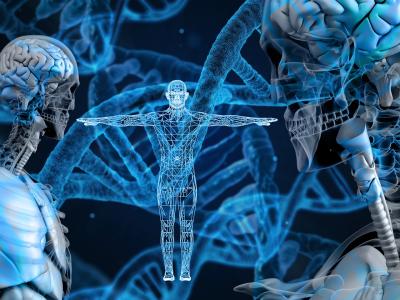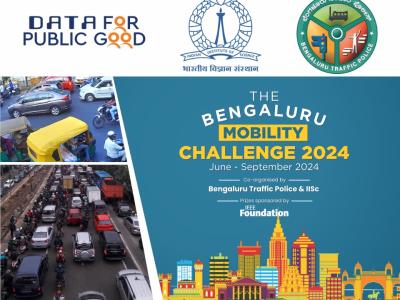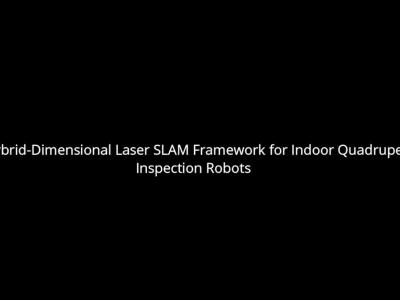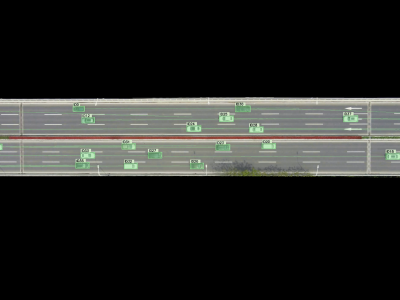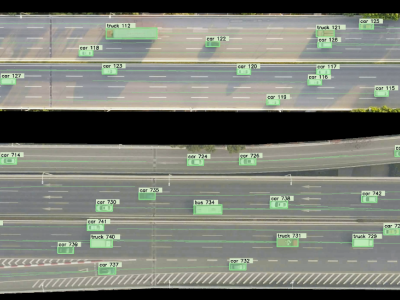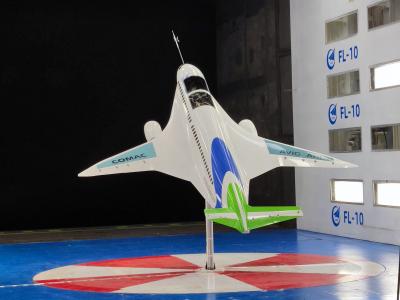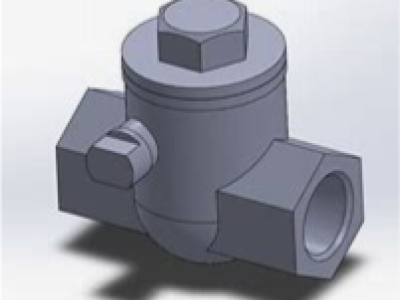
This dataset comprises images of parts from real industrial scenarios and virtual reality environments. Real images are sourced from actual industrial settings, ensuring both authenticity and diversity, while virtual reality images, which make up approximately 11% of the dataset, are captured through precise 3D modeling. Approximately 30% of the part information was manually authored by industry experts, while the remaining 70% was generated by multimodal large models such as Wenxin Yiyan and GPT-4.
- Categories:
